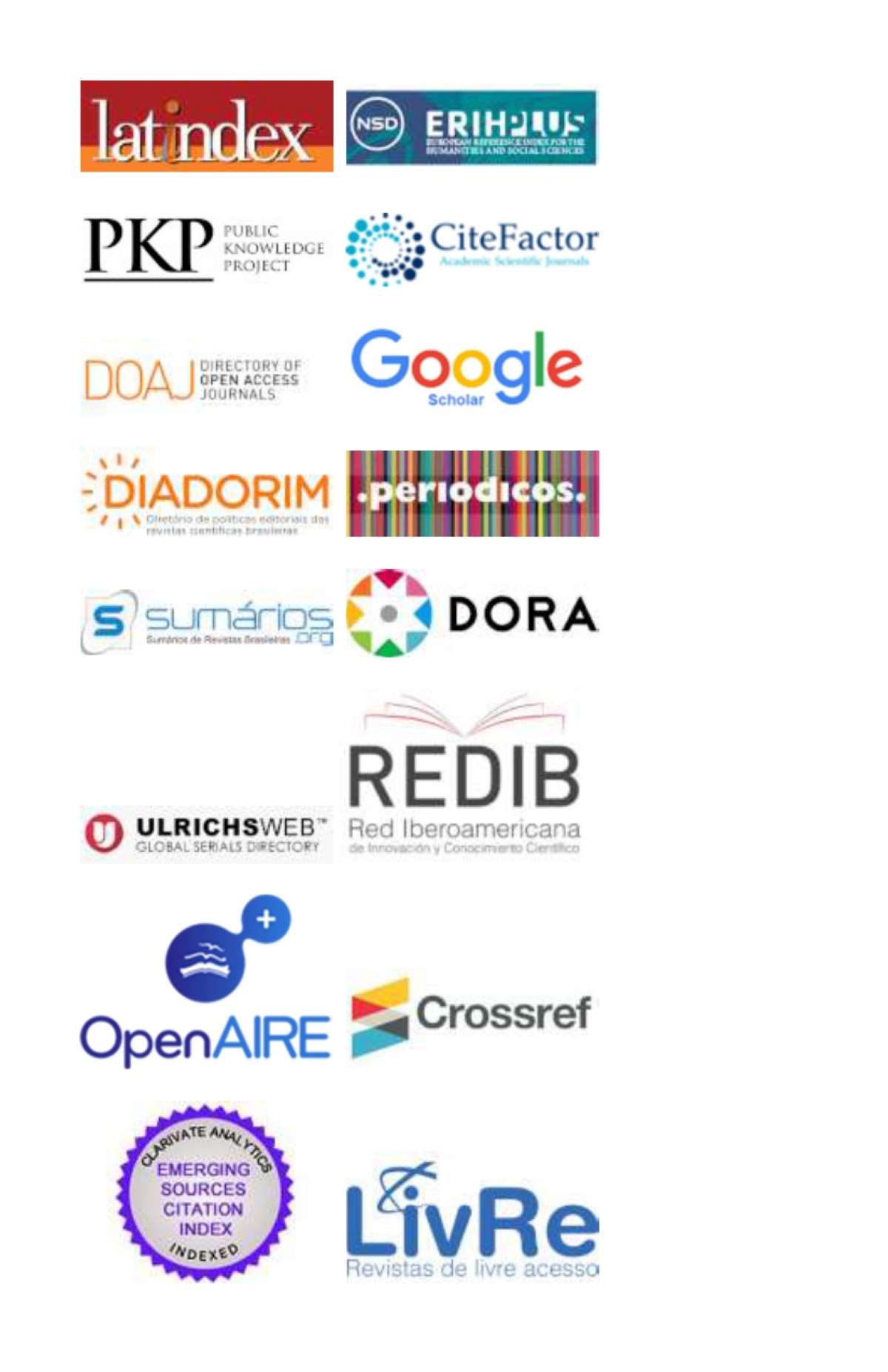DECIDING TOGETHER
DOI:
https://doi.org/10.21783/rei.v1i1.10Keywords:
Collective Action, Decision-Making, Seriatim Courts, Per Curiam Court, Majoritarian CourtsAbstract
What protocol should participants in a collective decision making institution follow? Analysts often implicitly assume that each participant should decide as if she were deciding alone. This essay argues that, in many institutional contexts, the normatively appropriate protocol for deciding together differs from the protocol of deciding alone. The argument is developed through the analysis of two prominent collective decision institutions: the jury and the appellate court.Downloads
References
KENNETH ARROW, SOCIAL CHOICE AND INDIVIDUAL VALUES (2nd ed., 1963).
David Austen-Smith & Jeffrey Banks, Information Aggregation, Rationality and the Condorcet Jury Theorem, 90 AMERICAN POLITICAL SCIENCE REVIEW 1 (1996).
RONALD DWORKIN, LAW’S EMPIRE (1988).
John Ferejohn & Pasquale Pasquino Constitutional Adjudication: Lessons from Europe, 82 TEXAS LAW REVIEW 7 (2004).
Christian Genest, A Characterization Theorem for Externally Bayesian Groups, 12 THE ANNALS OF STATISTICS 3 (1984).
Lewis A. Kornhauser, Modeling Collegial Courts II. Legal Doctrine, 8 JOURNAL OF LAW, ECONOMICS & ORGANIZATION 3 (1992).
Lewis A. Kornhauser, Designing Collegial Courts (mimeo, 2011).
Lewis A. Kornhauser & Lawrence G. Sager, The One and the Many: Adjudication in Collegial Courts, 81 CALIFORNIA LAW REVIEW 1 (1993).
MITCHEL LASSER, JUDICIAL DELIBERATIONS (2009).
Christian List & Robert E. Goodin, Epistemic Democracy: Generalizing the Condorcet Jury Theorem, 9 JOURNAL OF POLITICAL PHILOSOPHY 3 (2001).
CHRISTIAN LIST & PHILIP PETTIT, GROUP AGENCY: THE POSSIBILITY, DESIGN AND STATUS OF CORPORATE AGENTS (2011).
Downloads
Published
How to Cite
Issue
Section
License
The authors hold their copyright and concede to the JOURNAL OF INSTITUTIONAL STUDIES the right to the first publication, in accordance with the Creative Commons Attribution license.
Authors are strongly encouraged to publish their manuscripts in other medias, such as institutional repositories and personal pages. The Journal only requires the credits of the first publication.






